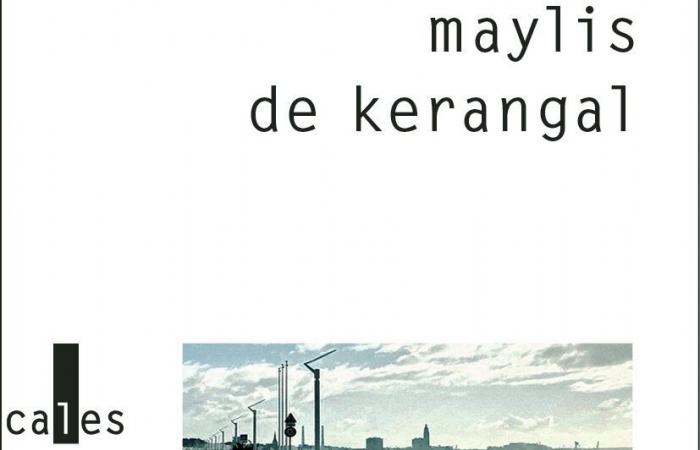The stranger on the beach
She is upset by a surprising phone call. The narrator is summoned for an interview by Zambra, a judicial police officer from Le Havre. Le Havre in fact, the city where she spent her childhood and adolescence. Zambra spoke of “a matter concerning her.” The body of a dead man was found on the beach, near the North sea wall. It is a homicide, the only clue is a cinema ticket on which his telephone number is written.
She arrived in Le Havre the next morning. It’s raining. The police officer is an “impenetrable block.” But she doesn’t recognize the man in the photographs. She lingers in Le Havre, revisiting the places of her childhood, the Perret district, the beach and the North sea wall, the Mermaids bar. She thinks especially of her first love, Craven. She remembers the baptism of the Hirondelle de la Manche, a pilot boat, a small vessel responsible for guiding boats into the port channel. But one question torments her all day: “could it be that I knew him”?
Le Havre, a city with many faces
Surf day de Malys de Kerangal is first of all remarkable for its style. The sentences are very long, the rhythm is sometimes breathtaking, often following the thoughts and reveries of the narrator. This very particular phrasing could recall that of Proust. The descriptions are very beautiful like that of the beach, one afternoon in November
The author knows how to create a distressing atmosphere at the beginning of the novel. The doubt and incomprehension that grips the narrator are palpable. But little by little, it is the city of Le Havre which becomes the main subject of the book. Le Havre a city of workers and sailors. Le Havre a city colored in gray, all shades of gray. Le Havre is the sea visible from the station platform, a harsh, complex sea, at once industrial, seaside, impressionist. The author also describes the industrial zones and the vast port which has become a container factory over which drug trafficking hovers. Above all, this city remains haunted by the bombings and destruction of September 1944. Almost nothing remains of the past. Its architecture, so particular, is the only material trace of what has disappeared.
Surf day is a sensitive novel. The police investigation partly fades in the face of this return to this devastated city and Maylis de Kerangal conveys to us all her affection for Le Havre.


